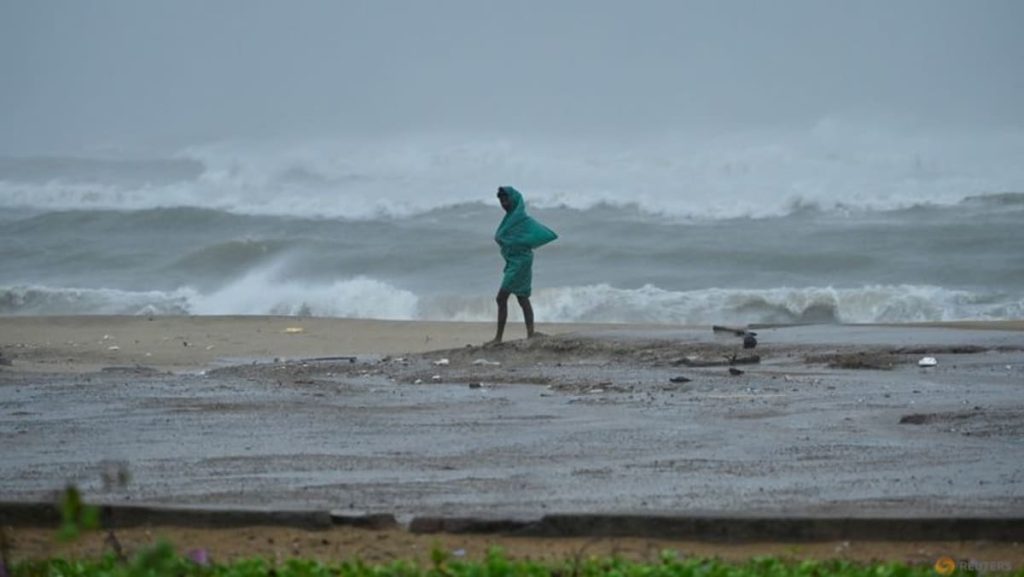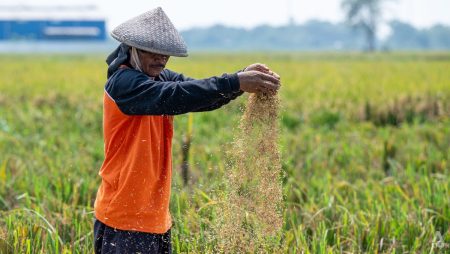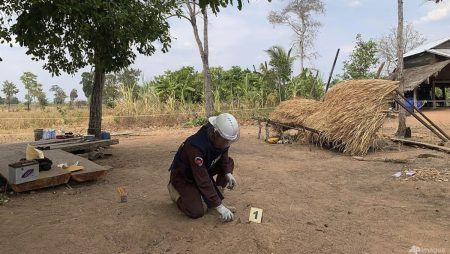Cyclone Fengal, which crossed the southern coast of India from the Bay of Bengal, has resulted in devastating impacts, leading to the deaths of at least 19 individuals in both India and Sri Lanka, along with significant flooding in Tamil Nadu state and the Puducherry region. The cyclone made landfall on November 30, causing extreme weather conditions that affected numerous communities. According to the Indian weather office, Puducherry experienced its heaviest rainfall in 30 years over a 24-hour period, which contributed to severe flooding in the area, showcasing the cyclone’s intensity and the challenges posed by such natural disasters.
The aftermath of Cyclone Fengal saw much of Chennai, the capital of Tamil Nadu, inundated with water, leading to substantial disruptions in daily life. The heavy rainfall and strong winds resulted in chaos within the city, as many roads were submerged. The local airport halted flights on Saturday due to the severe weather conditions, but operations resumed by early Sunday morning, indicating a gradual return to normalcy despite the ongoing challenges. Visual reports from local media captured the destructive force of the cyclone, illustrating the urgent rescue operations undertaken amid dangerous conditions.
In a concerted effort to aid those affected, the Indian army initiated relief operations in Puducherry, where residents faced dire circumstances due to the storm’s impact. As heavy rainfall began to subside in Chennai, the focus shifted to providing immediate assistance to those stranded or displaced. The efforts included food distribution, medical assistance, and transportation for residents who were isolated due to the flooding. This highlighted the importance of coordinated relief actions during natural disasters, as local communities often rely heavily on such support in times of crisis.
In addition to the toll in India, the situation in Sri Lanka was equally dire. The Disaster Management Centre in Colombo reported that the cyclone led to the deaths of 16 people in the country, with heavy rainfall affecting around 138,944 families. The scale of the impact was significant, prompting a national response to address the urgent needs of those affected by the adverse weather. This spurred local authorities and humanitarian organizations to mobilize resources and ensure that families received the necessary aid amid the ongoing challenges posed by the cyclone and its aftermath.
The disaster highlighted the vulnerabilities faced by coastal regions in South Asia regarding the impact of cyclones, particularly as climate change continues to influence weather patterns and increase the severity of such natural events. Communities along the southern coast of India and neighboring Sri Lanka have historically been prone to cyclonic storms, but the increased intensity of recent weather patterns raises concerns regarding preparedness and resilience. The local and national governments must focus on investing in infrastructure, early warning systems, and comprehensive disaster management strategies to better protect these regions from future disasters.
In conclusion, Cyclone Fengal serves as a poignant reminder of the unpredictable nature of severe weather and the human cost associated with natural disasters. With at least 19 fatalities reported in both India and Sri Lanka and thousands affected by flooding, the cyclone’s legacy raises important questions about disaster preparedness and the necessity for effective emergency response frameworks. It is crucial for governments and communities to learn from such events to enhance resilience and reduce the risks linked to future cyclones, aiming to safeguard lives and infrastructure in a region frequently challenged by the elements.










